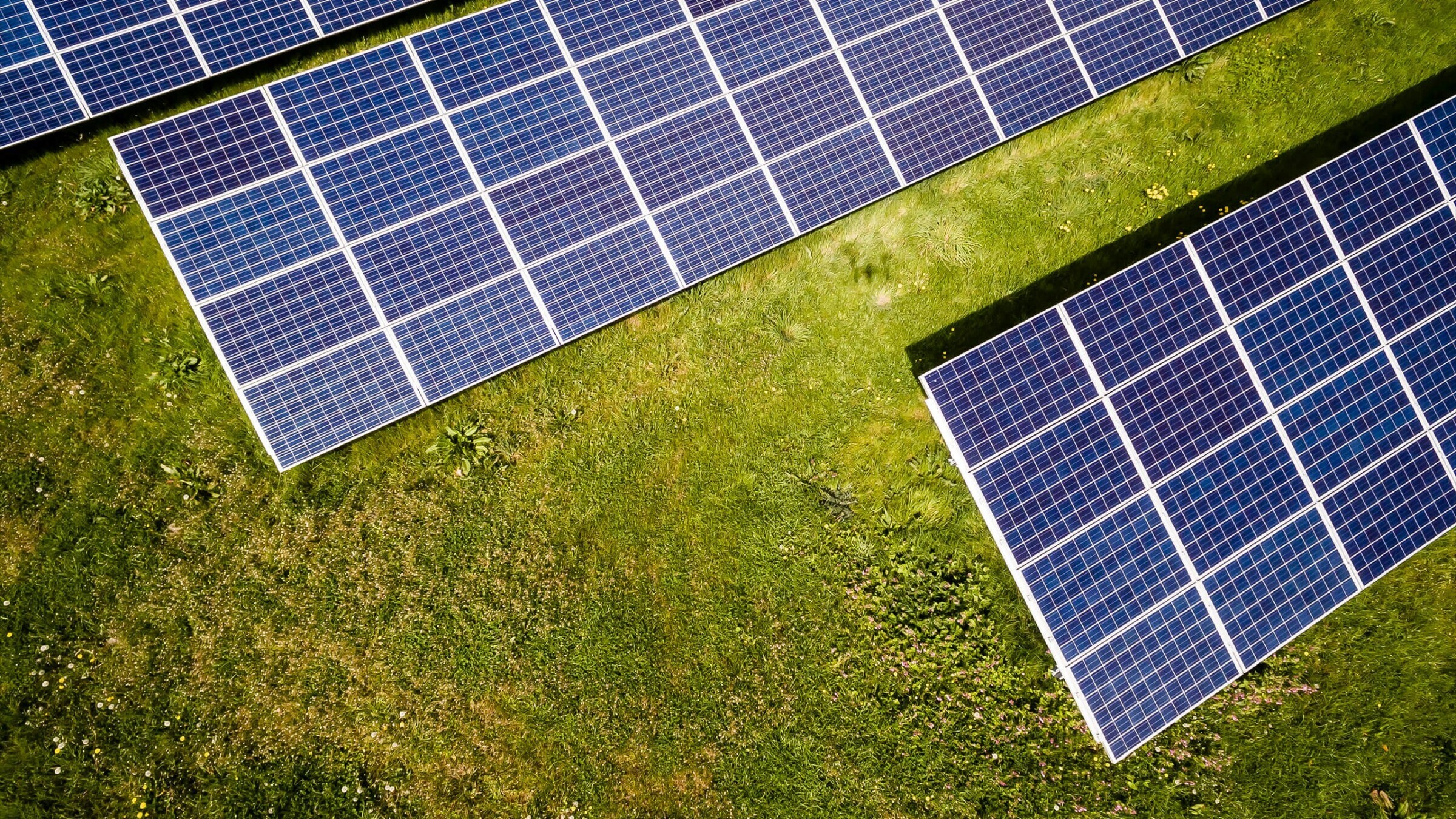How Solar Panels Work
Apr 22, 2025Solar panels work by converting sunlight into electricity through a process known as the photovoltaic effect. At the core of this technology are solar cells, which are typically made from silicon, a widely available and abundant material. When sunlight strikes the surface of these solar cells, photons from the light energy excite electrons, generating an electric current. This process is fundamental to the operation of solar panels and is what allows them to transform sunlight into usable energy for your home.
The structure of solar panels consists of multiple layers of silicon cells, which are sandwiched between protective materials. The front surface is usually coated with a glass layer to shield the cells from environmental damage while allowing sunlight to pass through. Beneath the glass, the silicon cells are treated to create a positive and negative charge, forming an electric field. This electric field is crucial, as it directs the flow of electrons when the cells are exposed to sunlight, resulting in direct current (DC) electricity.
Once the solar panels generate electricity, it is typically in the form of direct current. However, most home appliances and electrical systems operate on alternating current (AC). To bridge this gap, a device called an inverter is employed. The inverter converts the DC electricity generated by the solar panels into AC electricity, making it suitable for use in your home. This conversion is a vital step in ensuring that the electricity produced by your solar panels can power your household appliances, lighting, and heating systems efficiently.
In addition to the basic components of solar panels and inverters, there are other elements that contribute to the overall efficiency and effectiveness of a solar energy system. For instance, solar batteries can be integrated into the system to store excess energy generated during sunny days. This stored energy can then be used during cloudy periods or at night, enhancing the reliability of your solar energy supply. Furthermore, smart grid technology can optimize energy usage, allowing homeowners to monitor and manage their energy consumption and production in real-time.
Understanding how solar panels work empowers homeowners to make informed decisions about adopting solar energy. By grasping the underlying technology, you can appreciate the benefits of solar energy, such as reduced utility bills, increased energy independence, and a lower carbon footprint. As you consider making the switch to solar, this knowledge will help you assess different systems, choose the right components for your needs, and ultimately enjoy the long-term savings and environmental advantages that come with harnessing the power of the sun.
Take Action Today for a Brighter Tomorrow!
Are you ready to make a positive change? Whether it's investing in solar energy for your home, improving your financial well-being, or embracing a healthier lifestyle, now is the time to act! Don’t wait for the perfect moment—take the first step today.
Join our community and stay informed! Subscribe to our newsletter for the latest tips, insights, and exclusive offers directly to your inbox.
Contact us now to learn more about how you can benefit from being part of our community. Together, we can create a sustainable and prosperous future!
Let’s make it happen—your journey starts here!
Stay connected with news and updates!
Join our mailing list to receive the latest news and updates from our team.
Don't worry, your information will not be shared.
We hate SPAM. We will never sell your information, for any reason.

